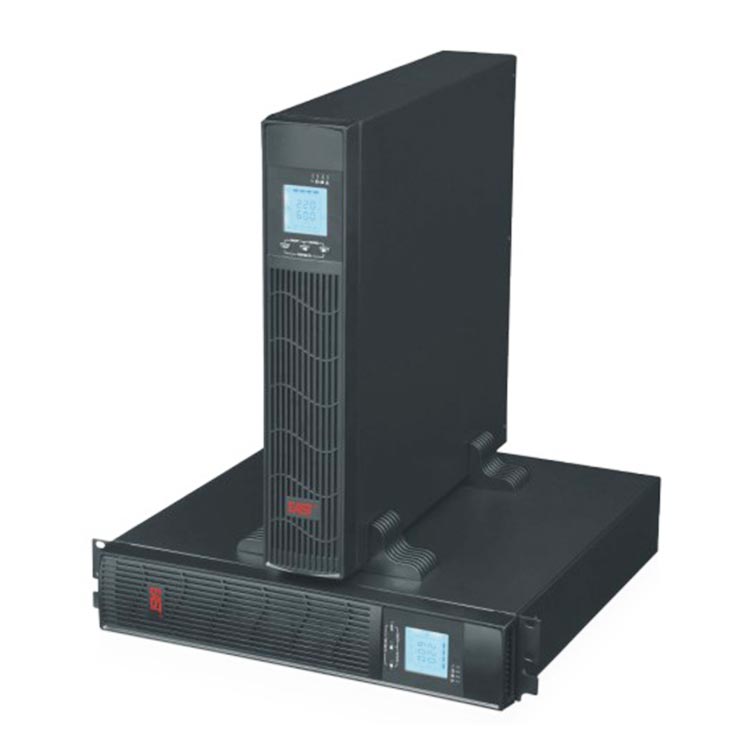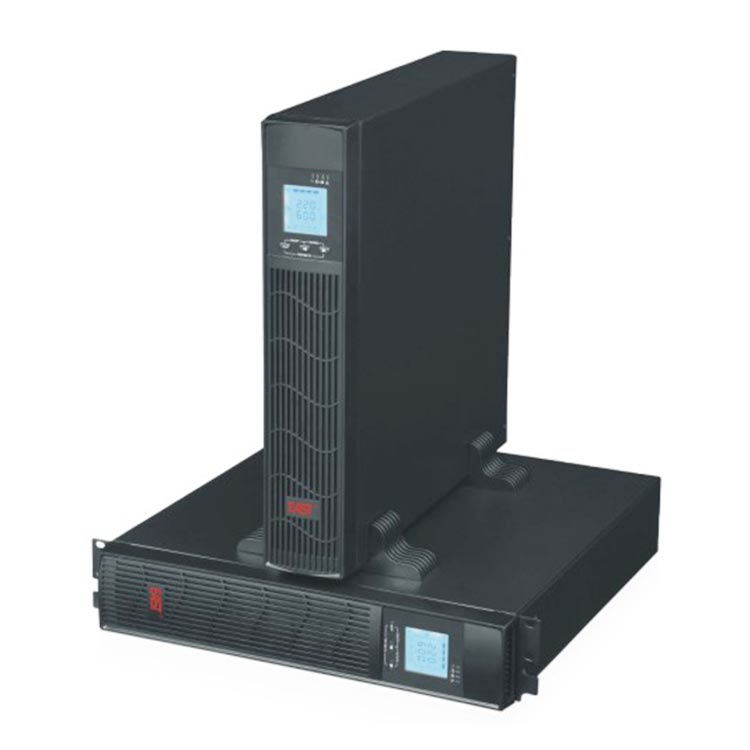Focus on Shengrong, and keep abreast of UPS industrial power industry trends

About the application of UPS power supply in various industries
As the economy continues to develop, computers are widely used, and some important places: such as finance, information, communication, public equipment control, have high requirements for power supply reliability and stability, and industries such as VLSI manufacturing also have high requirements for power supply. . Degradation of power quality such as voltage deviation, voltage waveform distortion, and continuous power failure will cause serious economic losses and social impact. Most of the key equipment in the above-mentioned places uses LIPS to supply power.
1. Types of UPS
Usually, the equipment chooses UPS as economically as possible according to the requirements of power supply reliability, functional requirements, and ease of use. Choose different types of UPS according to different load characteristics. From the perspective of practicality, convenience and ease of choice, UPS can be divided into three categories:
Single run, backup run;
With bypass conversion, no bypass conversion;
Usually the inverter is running. Usually the mains is running.
2. Features of ups power supply
Single-running UPS, used for general important loads; used for loads with input, different output frequency, or little impact on the mains, and high frequency accuracy requirements.
Backup operation of UPS, using multiple non-power-off devices, has a backup function. When a part fails, other normal parts supply power to the load, which is used for particularly important loads.
With bypass conversion UPS, the load can be supplied by mains and inverter to improve the reliability of power supply. Most UPSs are bypassed.
Without bypass conversion UPS, it is used for loads with different input and output frequencies, or with extremely high requirements for mains frequency and voltage accuracy.
Usually the inverter runs, and the load has high requirements on the quality of the power supply, and it is not affected by the mains, the voltage and frequency of the power supply.
Usually the mains operation, the load does not require high power quality, high reliability, and high efficiency without conversion. When in use, the three operating modes are combined and applied according to the nature of the load.
3. The principle of choosing UPS for power supply system

3.1 Importance of load
Whether there is a potential abnormality in the power supply. In principle, there is no power supply abnormality, and it is not necessary to set up a UPS. Whether the load is important is determined based on the partial damage of the load caused by the abnormal power supply. Damage includes direct loss and indirect loss. Direct losses include defective products on the production line and loss of important data in scientific research and development. Indirect losses include the time required to restore power supply and social reputation. According to the size of the damage, the total investment of the UPS system is measured. In order to improve the reliability, whether the UPS is used, whether the UPS is set up with backup and bypass, and the operation mode is determined.
3.2 The influence of power quality on load
The influence of power quality on load includes: allowable voltage drop range and duration of power supply voltage; daily voltage distortion range and frequency accuracy. The load has a strong endurance to the quality of the power supply, which can simplify the system and improve reliability and reduce costs. The daily voltage distortion and frequency accuracy are generally not special loads. It is sufficient to run under the mains power supply and generally does not need to consider the impact of the power supply on the load. Computers that are sensitive to instantaneous drop in power supply voltage and power outages will have an impact even if the power supply voltage drops by 10% for a half cycle. You need to provide high-quality power.
3.3 UPS capacity selection
Select the UPS capacity based on the following factors, characteristics, calculated load, inrush current, peak current, overload capacity, and load mutation conditions.
The effective load capacity is compensated with the following value.
(1)About inrush current
The calculated capacity of the UPS that can withstand the peak current = effective load capacity X impulse current (maximum) / UPS rated current, and its value is generally 5 to 10 times the effective capacity.
When the load is turned into the power source, a considerable inrush current is generated, especially for computers and peripheral equipment. When UPS is supplying power, in order to reduce the UPS capacity, the load is turned on in sequence or UPS mains operation is selected during operation; when the current returns to below the rated current value, it will be switched to the rectifier without power failure, and the inverter will supply power.
(2) About peak current
UPS that can withstand peak current;
Capacity = effective load capacity X peak current (maximum) / UPS rated current;
The peak capacity is generally twice the effective capacity;
For UPS with a peak factor of 2.5 or more, the peak current capacity is 250% PA, which generally does not exceed the UPS rated capacity. It can be used directly without compensation.
(3) About overload
UPS overload capacity is generally more than 1.1 times the effective load, and the UPS should be protected if the load overload exceeds 1.1 times.
(4) Load mutation
Most UPS load sudden changes are within the range of 0"100%, and the output voltage fluctuation can be controlled within _10%l~A. Therefore, the effective load capacity can not be compensated.
(5) Generator-UPS coordination
In some places, UPS switches to self-provided generators to supply power after the mains power failure. When self-provided generators supply power, they should be able to provide a large inrush current when the UPS starts, without affecting the operation of the generators.
a. Choose a UPS with a lower starting current for the rectifier equipment. For example, a 12-pulse rectifier, the capacity of the self-provided generator should be twice that of the rectifier.
b. Select several groups of UPS to be connected in parallel, and the group delays the start. It can be combined with a ramp start function to avoid excessive inrush current when all UPSs are started at the same time.
c. Choose a UPS with a controllable rectifier charger input power, so that part of the rectifier charger input power, and the insufficient power is provided by the battery.
d. Select the UPS with the function of limiting the charging current. When starting the generator to run, limit the charging and set the charging current value to 0 amperes. That is, the charging can be stopped when the generator is running, thereby reducing the power absorbed by the UPS from the generator.